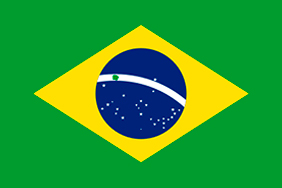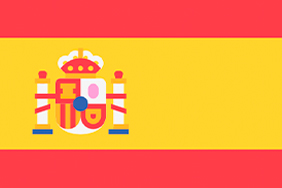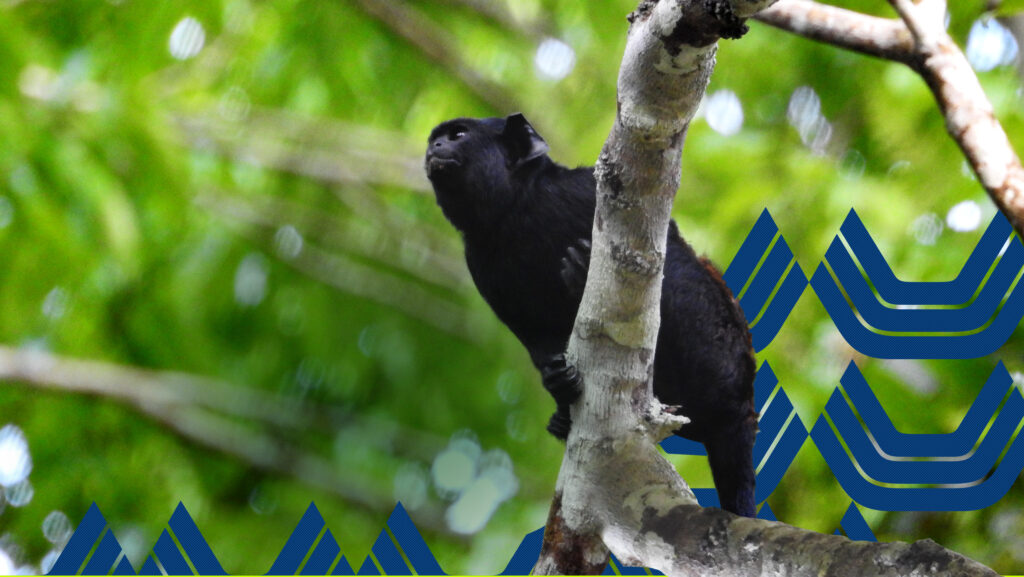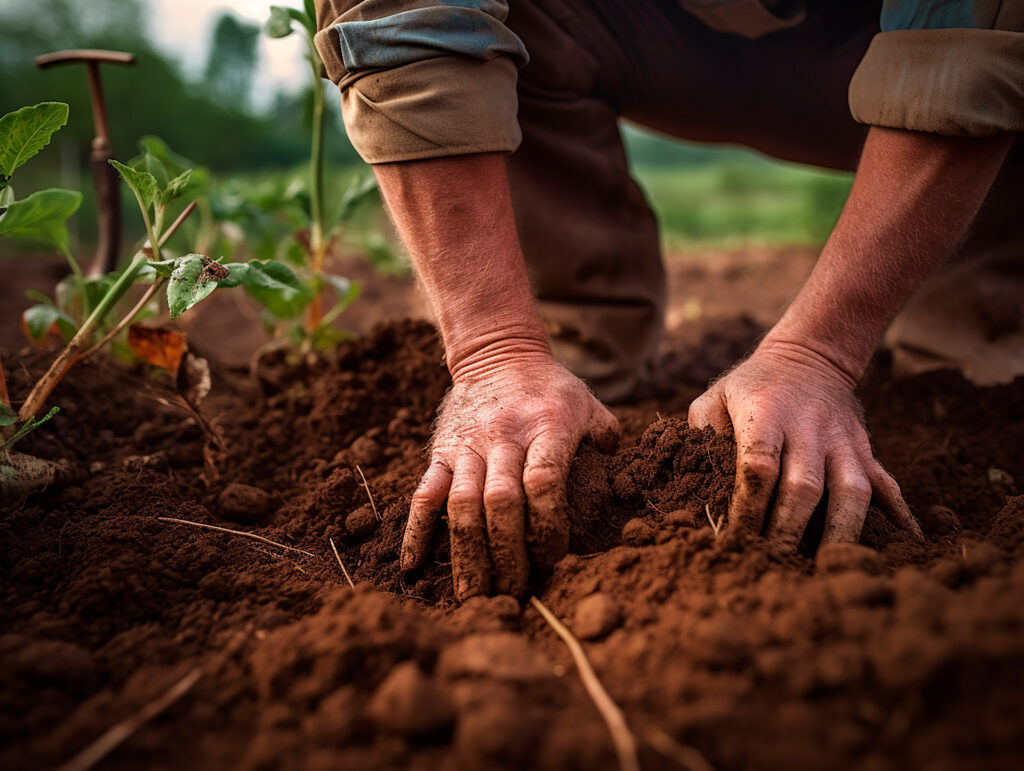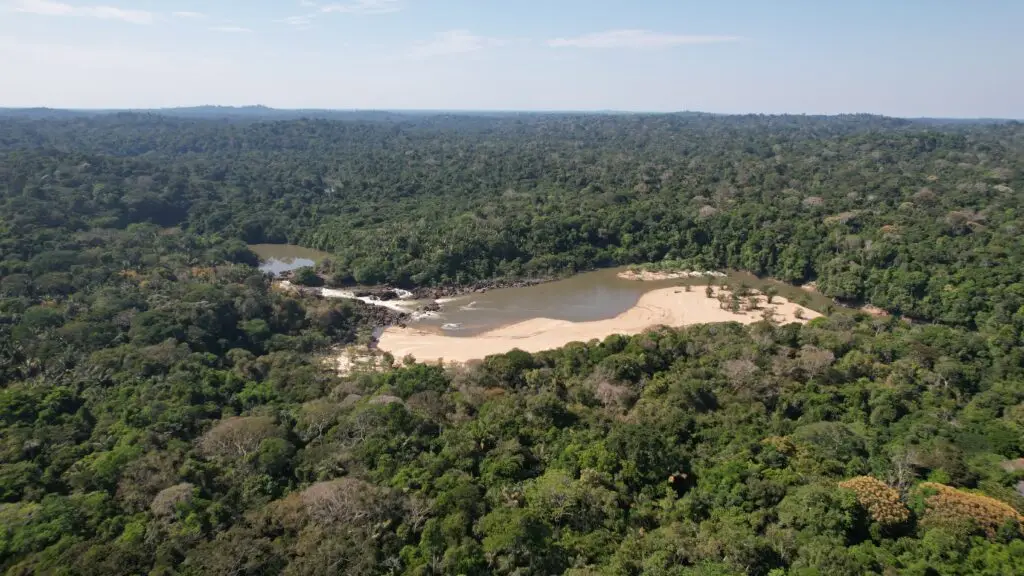The Rio Preto Jacundá Extractive Reserve, located northeast of the state of Rondônia, is home to 130 traditional residents, whose livelihood is based on extractive activities and small-scale agriculture. Despite all the natural wealth in the forest, community members live below the poverty line, dependent on government aid programs and under threat of security in their territory.
The REDD + Jacundá project is a collective construction of the Association of Residents of the Reserve, the NGO Rioterra, Secretariat of Environmental Development (SEDAM) of Rondônia and Biofílica, so that the community members seek greater management and economic autonomy of the Reserve. In order for them to become protagonists of the decision-making process and to contribute directly to the conservation of the Reserve biodiversity, several workshops have been carried out in a long-term and cyclical process of diagnosis, training, awareness raising, collective planning and, which begins now, execution of the activities.
To reach this moment, two important workshops were held to define the community’s “Life Plan” and the “Mechanism of Benefit Sharing and Conflict Resolution” of the REDD + Project.
The Life Plan of the residents of the Reserve, based on an analysis of the local reality and the definition of beliefs, values and principles, aims to guide the elaboration of a Work Plan that responds to the needs and yearnings of the community. The residents were motivated to speak and reflect on the local reality in relation to socio-environmental, cultural, political and economic issues, resulting in the construction of an Action Plan that reflects the community’s many wishes such as the rescue of popular medicine and preventive health, income, investments in education and technical training, housing improvements, inclusion of young people, greater participation of women, environmental conservation, among others.
The workshop for collective construction of the benefit sharing mechanism sought to form the basis to be aligned with the community’s aspirations and be conducted in a transparent and participatory manner. The main pillars defined by the community for the creation of the Benefit Sharing Mechanism were: Alignment with the demands of the Reserve, ensuring social, ecological, cultural and economic viability of the extractive way of life; Encouragement of gender empowerment and cultural empowerment; Promotion of investments in infrastructure, communication, education, and income generation; and, collegial management and committed to community aspirations. In addition, it was defined that governance will be strengthened by the experience of the partneing institutions – Asmorex, Biofílica, CES Rioterra, SEDAM and UNIR – via a Management Council that will meet periodically and guide the activities of the Project.
These workshops were decisive for the project structuring process, as well as being a sample of how project management will be conducted in the coming years: encouraging social empowerment to provide a significant improvement in community life quality and reconciling socioeconomic development with Environmental conservation.
